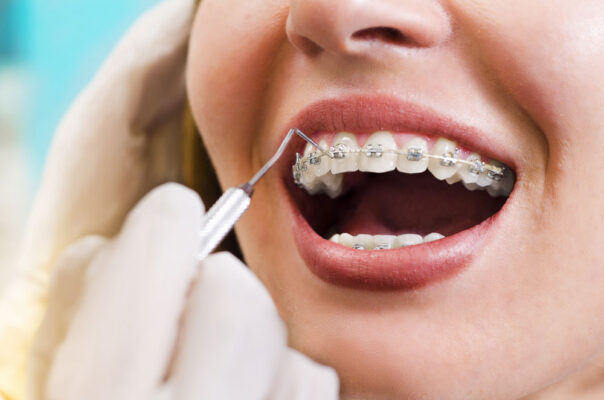
What is orthodontics?
Orthodontics; It is the specialty of the dentistry branch that diagnoses and controls the compatibility relations of mismatched and crooked teeth, tries to prevent this situation and treats it.
Why do orthodontic problems occur and how are they treated?
The treatment method is decided by considering the age of the patient for disorders such as the lower jaw being anterior or posterior. If the patient is in adolescence and the lower-upper jaw structure is behind, it is possible to treat it with orthodontic techniques. If the patient is an adult, the treatment of skeletal disorders is carried out in cooperation with orthodontics and surgery. Depending on functional disorders, for example; Jaw mismatch can be observed in cases such as mouth breathing. In a person who breathes through the mouth, the upper part of the chin will be narrow, so it will be in a V form.
Situations that should not be done and habits such as using bottle and pacifier for a long time, thumb sucking, nail biting can cause orthodontic disorders. These habits should be treated as early as possible.
The prevention of these habits at an early age is important for the completion of skeletal development.
Conditions such as the fact that the tongue is larger than it should be in terms of structure and the presence of extracted tooth cavities also cause gaps in the teeth. If the jaw structure to which the teeth are attached is small and the teeth are large; teeth do not fit in the jaw and crowding occurs.
Early or late loss of primary teeth can also cause crooked teeth. Instead of the milk teeth that fall out of the mouth prematurely, the permanent tooth in the mouth slides into this space. As the teeth that need to come out cannot find a place for themselves, crowding occurs.
How necessary is orthodontic treatment?
Orthodontic treatment not only has aesthetic concerns, but also aims to prevent gum diseases that may be encountered in the future, to prevent problems in the jaw joint, to provide chewing functionality and to eliminate this problem of individuals with speech disorders.
According to the existing orthodontic problem in the mouth, treatment methods can be determined with removable appliances, functional appliances and fixed appliances. Simple orthodontic problems that are not in advanced stages can be solved with rubber removable appliances that the patient can use by putting on and taking off.
It is of great importance that reinforcement treatments are not neglected in order to prevent the reversal of the treatments after the termination of the primary orthodontic treatments and to prevent deterioration. Different passive appliances can be used for this period.
The branch of orthodontics works in constant cooperation with other sub-branches of dentistry.


 Français
Français Deutsch
Deutsch Español
Español Italiano
Italiano 日本語
日本語 Русский
Русский